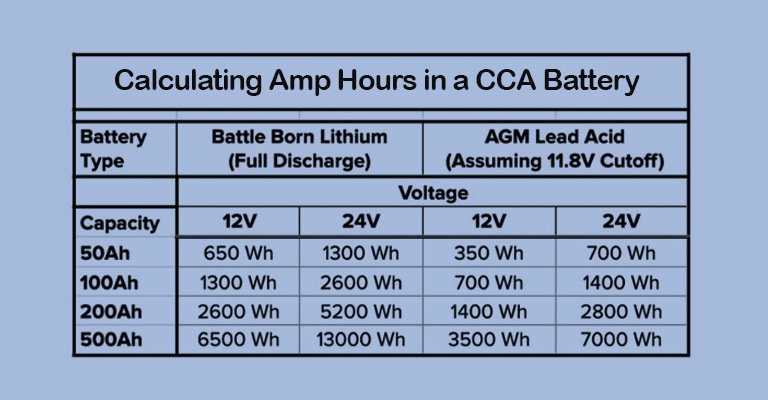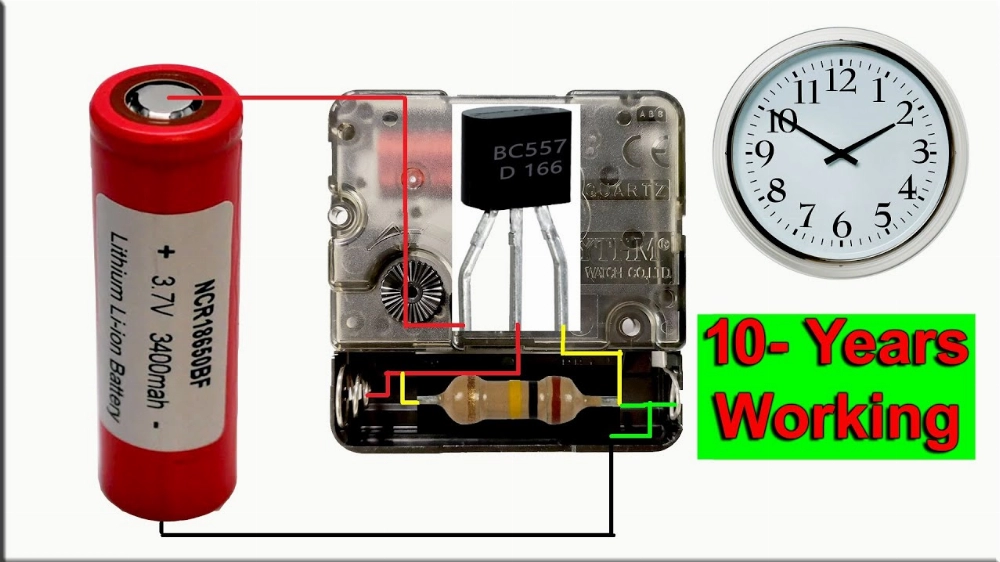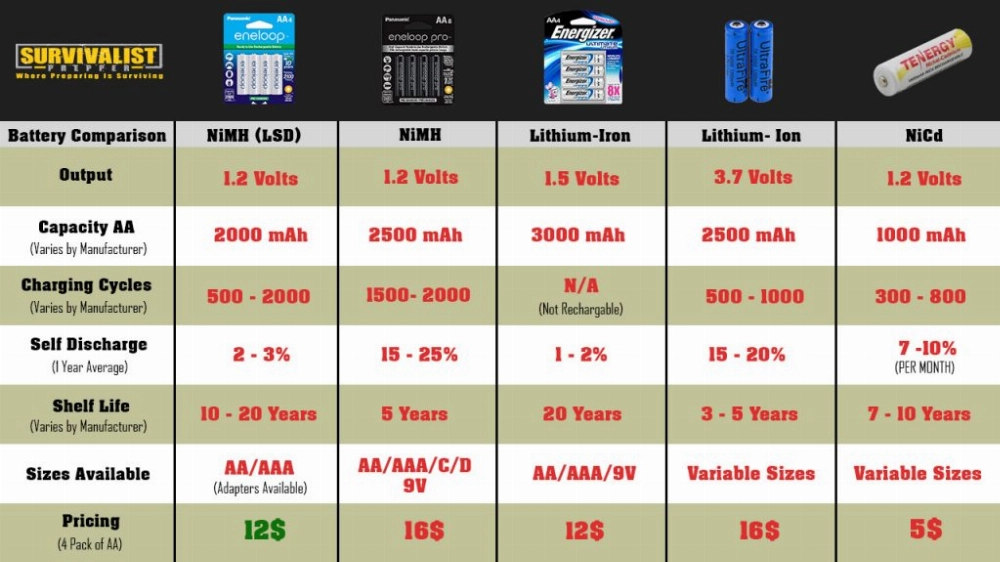A Comprehensive Guide to Spot Welding Lithium Batteries
Spot welding is an essential technique for creating durable and safe connections in lithium battery packs. This process uses heat and pressure to join metal components without damaging the battery cells. In this guide, we’ll walk you through the necessary steps and equipment to spot weld lithium batteries safely and effectively.
Part 1: Understanding Spot Welding for Lithium Batteries
What is a Battery Spot Welder?
A battery spot welder is a tool that welds battery cells together by applying heat and pressure through nickel strips. It is a crucial piece of equipment for assembling lithium-ion battery packs.
The Basics of Spot Welding
Battery spot welding is a crucial step in connecting metal components in lithium battery packs. This method ensures a strong, reliable connection without damaging the battery cells. Here are the key concepts to understand about the spot welding process:
The Principle:
Spot welding principle: An electric current passes through the metal components.
Working Principle:
Two electrodes press onto the metal components, and an electric current flows through them. The heat generated by the current melts the metal, and the pressure from the electrodes ensures a strong bond.
The Importance:
Spot welding is an efficient and fast process. It forms a strong connection without the need for additional materials, such as solder, making it ideal for battery assembly. Additionally, it ensures the safety of the battery during the process.
Equipment Needed for Spot Welding
To successfully spot weld lithium batteries, you need the right tools. Here’s a list of essential equipment:
-
Spot Welder: This is the main tool that generates the current and applies the pressure to make the weld.
- Types: Handheld spot welders are great for smaller tasks, while larger, benchtop welders are better suited for larger projects.
- Power Settings: Adjustable settings allow you to control the heat and avoid damaging the batteries.
-
Nickel Strips: These strips are used to connect the battery cells.
- Quality: High-purity nickel strips are recommended because they provide excellent conductivity and strength.
- Size: Choose the right thickness for your battery cells. Thicker strips are stronger but require more power to weld them.
-
Safety Gear: Protect yourself during the welding process.
- Gloves: Wear heat-resistant gloves to protect your hands from burns.
- Eye Protection: Safety goggles protect your eyes from sparks.
- Clothing: Wear long-sleeved clothing and avoid synthetic materials that can melt easily.
-
Battery Holders: These are used to stabilize the battery cells during welding.
- Stability: Ensure the holder is sturdy and doesn’t move during the welding process.
- Size: Use holders designed to fit the specific size of your battery cells.
-
Multimeter: This tool is used to check the quality of the connections.
- Purpose: A multimeter is used to ensure the welded connections are strong and have high conductivity.
Part 2: Preparing for Spot Welding Lithium Batteries
Safety Precautions
Before starting the spot welding process, it’s important to prioritize safety. Here are the key precautions to follow:
- Wear Protective Gear: Use heat-resistant gloves, safety goggles, and non-flammable clothing to protect yourself from heat and sparks.
- Ensure Proper Ventilation: Work in a well-ventilated area to avoid inhaling harmful fumes produced during welding.
- Inspect Equipment: Check your spot welder and other tools for damage or malfunctions to prevent accidents.
- Have a Fire Extinguisher Ready: Keep a fire extinguisher nearby in case of emergencies.
- Stay Focused: Remain focused during the welding process to avoid distractions and ensure safety.
Preparing the Work Area
To ensure a successful spot welding process, preparing your work environment is crucial.
- Clean Work Surface: Keep your workbench free of clutter and debris to maintain an organized workspace.
- Avoid Flammable Materials: Remove any flammable materials from the surrounding work area to minimize the risk of fire.
Basic Battery Type Information
When working with lithium batteries, it’s essential to understand the various battery types. If you’re interested in learning more about LiFePO4 batteries and their characteristics, you can explore further.
Reducing Fire Risk
Secure Battery Clamps/Holders:
Ensure the stability and proper placement of battery clamps/holders to prevent movement during the welding process.
Welding Equipment Placement/Welding Equipment in Place:
Position the spot welder and other tools within easy reach to enhance convenience and efficiency during the task.
Preparing Lithium Batteries
Proper preparation is key to successfully spot welding lithium batteries. Follow these steps:
Clean Battery Surfaces:
Wipe the surface of the battery cells with a clean, dry cloth to remove any dirt, oil, or residue that may interfere with the welding process.
Arrange Battery Cells:
Arrange the cells in the desired configuration, ensuring they are properly aligned and spaced for optimal welding results.
Inspect Nickel Strips:
Inspect the nickel strips for any defects or damage. Ensure their size and thickness match the battery cells.
Secure Connections:
Carefully inspect the connections between the cells and nickel strips, ensuring they are secure and free from obstructions.
Part 3: Lithium Battery Spot Welding Procedure
Setting Up the Spot Welder
Proper setup and calibration of the spot welder are crucial for ensuring successful lithium battery spot welding:
Power Settings:
Adjust the power settings of the spot welder according to the thickness of the nickel strips and the type of cells you are using.
Electrode Positioning:
Ensure the spot welder electrodes are positioned to make full contact with the nickel strips and battery cells.
Calibration:
Calibrate the spot welder according to the manufacturer’s instructions to ensure accurate and consistent welds.
Performing the Spot Weld
With the spot welder set up, you can begin the welding process:
Prepare Welding Area:
Place the prepared lithium batteries into a fixture or jig, ensuring they are aligned and securely positioned.
Position Electrodes:
Position the spot welder electrodes at the intersection of the nickel strip and the battery cell.
Apply Pressure:
Apply firm pressure to the electrodes on the nickel strip and battery cell to ensure proper contact.
Activate Welder:
Activate the spot welder to deliver a brief but intense pulse of current to the welding point/weld point, which will melt the nickel strip and create a solid weld.
Repeat:
Repeat this process for each connection between the cells and nickel strips, ensuring consistent weld quality.
Inspecting the Welds
After completing the spot welding process, it is essential to inspect the welds to ensure they are strong and reliable:
Visual Inspection:
Check each weld for any signs of incomplete fusion or weak spots.
Pull Test:
Gently pull on the nickel strips to check for any separation from the battery cells.
Multimeter Measurement:
Use a multimeter to check the resistance of each weld, ensuring it falls within the desired range for a solid connection.
Reinforcement:
If any welds appear weak or insecure, reinforce them by applying additional spot welds.
Part 4: Tips and Best Practices for Lithium Battery Spot Welding
Choosing the Right Nickel Strips
Selecting the right nickel strips is crucial for successful lithium battery spot welding. Here are some key considerations:
Thickness:
Choose nickel strips with the appropriate thickness for your battery cells. Thicker strips provide greater strength but may require higher welding power.
Width:
Ensure the width of the nickel strips matches the size of the battery terminals for optimal contact and conductivity.
Purity:
Opt for high-purity nickel strips to minimize resistance and ensure efficient energy transfer during the welding process.
Controlling Heat and Pressure
Controlling heat and pressure is essential for preventing damage to the battery cells during spot welding. Follow these tips:
Adjusting Power Settings:
Set the spot welder to the appropriate power level based on the thickness of the nickel strips and the type of cells you are welding.
A Comprehensive Guide on How to Spot Weld Lithium-Ion Batteries
Spot welding is a crucial technique used to create strong connections in lithium-ion battery packs. This process uses high heat and pressure to fuse metals together, resulting in robust connections. Here are essential tips and best practices to help you spot weld lithium-ion batteries safely and effectively.
Practical Tips for Spot Welding Batteries
Spot Welding Principles
Spot welding involves applying a high current to heat and melt the metal at the contact points, forming a permanent bond. This technique is widely used in battery assembly to attach nickel strips to battery cells.
Key Tips for Efficient Spot Welding
-
Monitor Battery Temperature closely: Always watch the temperature of the battery cells during the welding process. Excessive heat can damage the cells or lead to hazardous situations. Pause the process to allow the batteries to cool if necessary.
-
Ensure Uniform Electrode Pressure: Ensure uniform electrode pressure. Uneven pressure can cause deformation or puncture of the battery cells, which may compromise the battery pack’s performance and safety.
Ensuring Consistency and Accuracy in Welding for Reliable Results
Consistency and accuracy are crucial throughout the welding process to achieve reliable results. Follow these best practices:
-
Regularly Check Electrode Alignment: Regularly check the alignment of the welding electrodes. Proper positioning of the electrodes on the nickel strip and battery cell is essential for achieving high-quality welds.
-
Standardize Welding Procedures: Use and maintain a consistent welding technique for reliable results across the battery pack.
-
Inspect Weld Quality: Regularly inspect welds visually, perform pull tests, and use a multimeter to ensure strength and reliability. Identifying issues early helps avoid long-term hazards.
-
Follow a Logical Welding Sequence: Start welding from one end of the battery pack and move systematically. This ensures efficient, accurate connections and minimizes errors.
Frequently Asked Questions
How many volts are needed for spot welding?
Typically, spot welding requires between 1 and 3 volts to effectively join metals together.
Is it safe to weld lithium batteries?
Welding lithium batteries is strongly discouraged as it can damage the cells and create a fire hazard.
What metals cannot be spot welded?
Metals with high electrical resistance, like stainless steel and titanium, are difficult or impossible to spot weld.
How does a lithium battery spot welder work?
A battery spot welder uses short, high-current pulses to heat and fuse the nickel strip and battery cell. This process creates a strong, secure connection without damaging the battery cell’s delicate components.
Can you spot weld different types of lithium batteries together?
Yes, you can spot weld different types of lithium batteries, but it is important to ensure their specifications are compatible to avoid safety risks.
Can you spot weld lithium batteries without a spot welder?
While alternative methods like soldering or gluing can be used, spot welding is preferred for its ability to create reliable and robust connections.
How do you prevent lithium batteries from overheating during spot welding?
Therefore, to prevent overheating, monitoring the temperature during welding is critical. Adjust the power settings of the spot welder as needed, and apply consistent pressure to ensure heat is evenly distributed across the battery surface.
Conclusion
Spot welding is an essential skill when working with lithium-ion batteries. By following these best practices and tips, you can ensure that your battery connections are safe, strong, and reliable. Always prioritize safety and consistency to achieve optimal welding results.
Lithium-Ion Car Jump Starter
A lithium-ion jump starter is an indispensable tool in any automotive emergency. This guide will walk you through its proper usage, safety precautions, maintenance tips, and why investing in one is a smart decision.
What is a Portable Battery Charger for Devices?
A portable battery charger is designed to keep your devices powered while you’re on the go. This guide explains its definition, construction materials, and working principles in plain language.
How to Choose the Right Battery Pack: Capacity, Performance & More
Choosing the right battery pack is crucial for optimal performance and reliability and is paramount. This guide covers everything from capacity to safety, as well as the key factors to consider when making your selection, including understanding the importance of factors affecting lithium-ion battery life, to help you make an informed decision.








